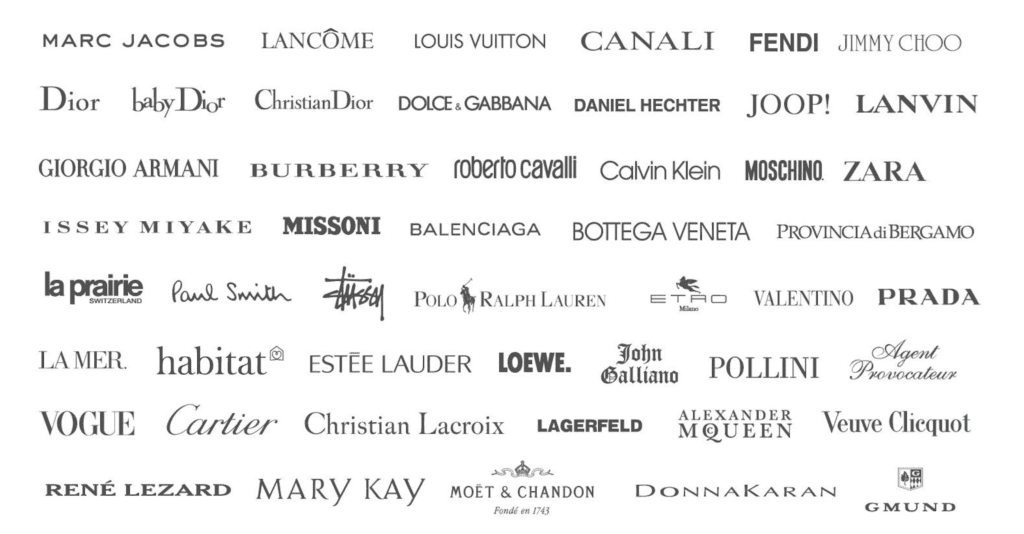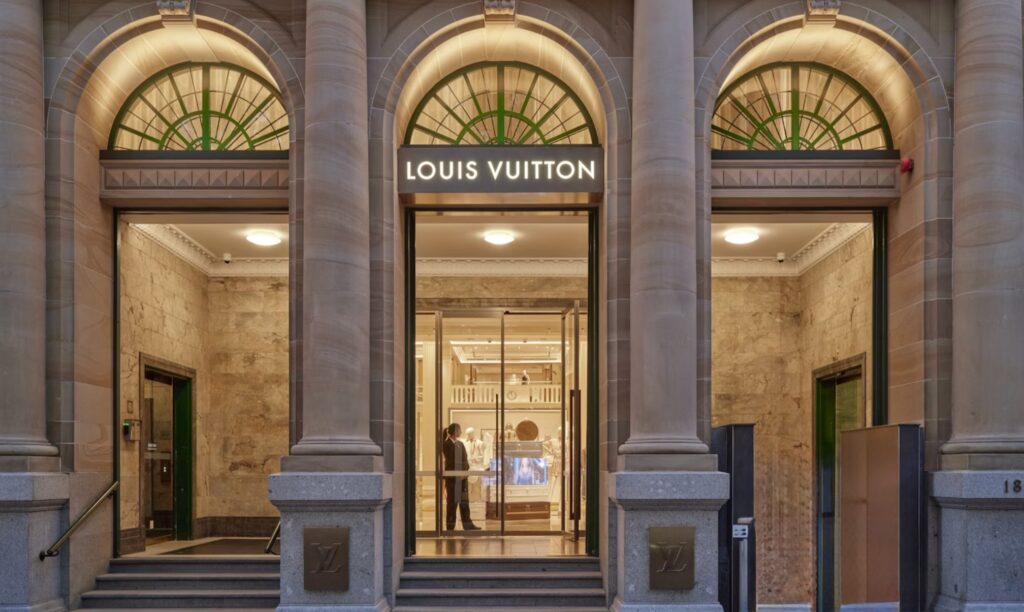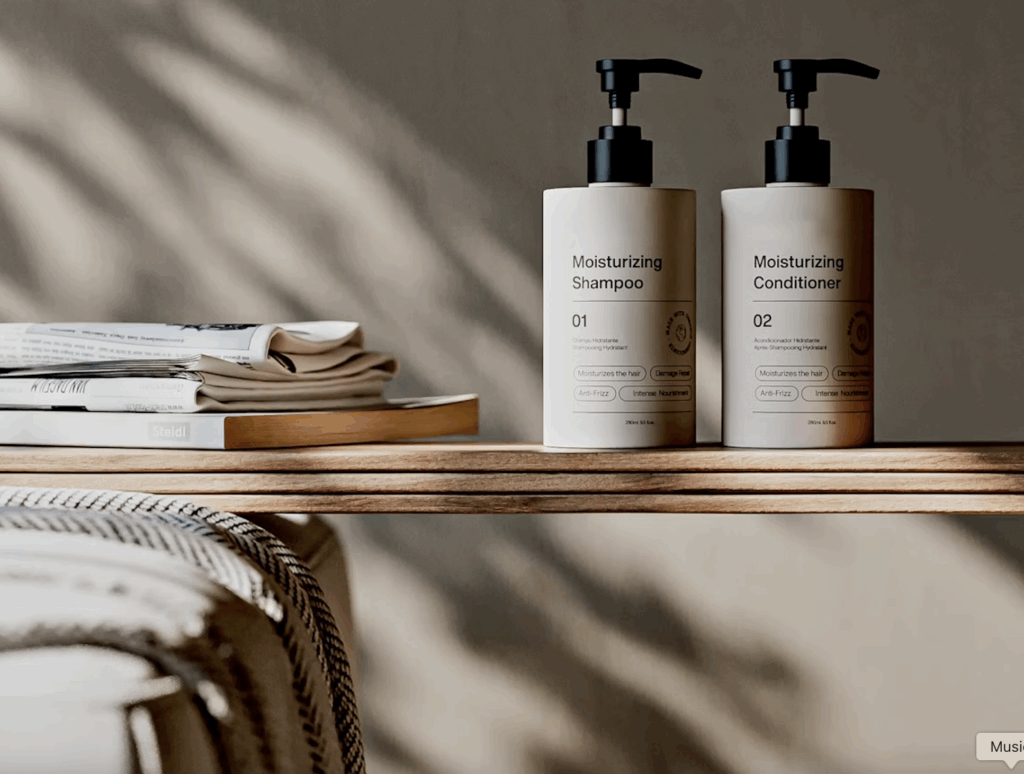The number of trademarks actively in use across the globe is on the rise, and so, too, is the rate of infringement of those marks, whether they be buzzy brand names and well-known logos or in some cases, the source-identifying appearance of an iconic design, itself. According to a new “Trademark Ecosystem” study from trademark research and protection consultancy CompuMark, not only is the number of trademarks growing (there are nearly 100 million marks currently in use), instances of infringement are steadily mounting, as well, as part of a “definite upward trend.”
Surveying 351 in-house trademark counsel and external trademark attorneys across the United Kingdom, U.S., Germany, Italy and France, Boston-based CompuMark found that a whopping 85 percent of those lawyers experienced instances of infringement in 2019, up from 81 percent in 2018 and 74 percent in 2017. The scope of infringement is similarly escalating as the landscape evolves, and is taking place across an increasing range of channels – with respondents citing instances of infringement by way of others’ web domains and social media handles, as well as a prevalence of infringement taking place on online marketplaces and in advertising campaigns – and “no longer affecting just traditional word marks.”
Maybe more striking than the increase in the number of cases of infringement (i.e., the unauthorized use of another’s trademark in a way that is likely to create confusion amongst consumers as to the source of the trademark-bearing goods and/or services) is “the overall cost of that abuse,” per CompuMark. “The consequences of infringement are well documented; from loss of customer trust to loss of revenue.” And in addition to the potential for “customer confusion, loss of revenue and reputational damage” that comes from the unauthorized use of another’s trademark, such infringement can be expensive and risky from a public relations standpoint.
CompuMark found that 75 percent of its survey participants were forced to initiate litigation as a result of infringement. “This is a costly avenue,” the company notes. But more than that, litigation “impacts the wider business [of trademark holders] in terms of publicity,” it states, as it stands to impact “how customers and the market perceive the brand.”
“While lawsuits may be settled amicably, such as in the well-publicized case of Burberry versus Target” – in which Burberry sued the retailer for selling scarves and other products bearing a plaid pattern that was remarkably similar to its famed “Burberry check” mark – or “the Adidas America versus Skechers USA case” – which saw the sportswear giant take on rival Skechers over its use of a 3-stripe design and settle just days before the start of trial, CompuMark aptly states that such litigation “can also lead to more costly conclusions.”
Adidas, for instance, has garnered itself something of a reputation for its aggressive enforcement of its various 3-stripe trademarks. That is what Forever 21 asserted when it filed suit against the German sportswear giant in March 2017, arguing that it was “tired of operating with a cloud over its head with regard to its right to design and sell clothing items bearing ornamental/decorative stripes, and unwilling to stop doing something it has every right to do and pay a bully to leave it alone.” Levi’s was called a similar name in June 2018 in the lawsuit filed against it by Barbour. According to Barbour’s complaint, the denim-maker “has the dubious distinction of being one of the world’s biggest trademark ‘bullies’” as a result of its filing of hundreds of lawsuits against brands ranging from Saint Laurent and Kenzo to more mainstream names like Vineyard Vines.
Still yet, Louis Vuitton similarly garnered itself a bad name over the past decade or so after threatening suit (against the University of Pennsylvania Law School) and filing a handful of lawsuits, prompting one defendant, canvas bag company My Other Bag, to call foul, arguing that the world’s largest luxury goods brand utilized “bullying tactics” throughout the course of the case and others.
As for the trademark landscape more generally, CompuMark says that it is changing. “We are seeing the emergence of more opportunistic approaches to trademark applications that demonstrate the value of intellectual property,” the company states, citing “the recent application by celebrity entrepreneur Kylie Jenner to register the phrase ‘rise and shine,’” as well as NBA star Lebron James’ attempt to register trademark “Taco Tuesday.”
Beyond the increased reliance on trademarks by brands, celebrities, and laypeople, alike, (48 percent of survey participants reported filing more applications for registration in 2019 than the year prior), CompuMark asserts that “the trademark landscape is expanding” in terms of the types of marks being claimed. For instance, “More than half of respondents say they filed more image marks over the last 12 months, and surprisingly, 78 percent have included industrial design in their filing strategy.
This expansive approach to trademarks might be a result of the fact that, as CompuMark notes, “finding a unique mark is a challenge,” particularly in light of research showing that the supply of available trademarks is “severely depleted, particularly in certain sectors of the economy,” such as fashion and retail more generally.














